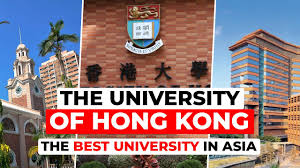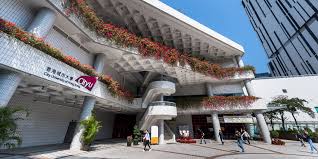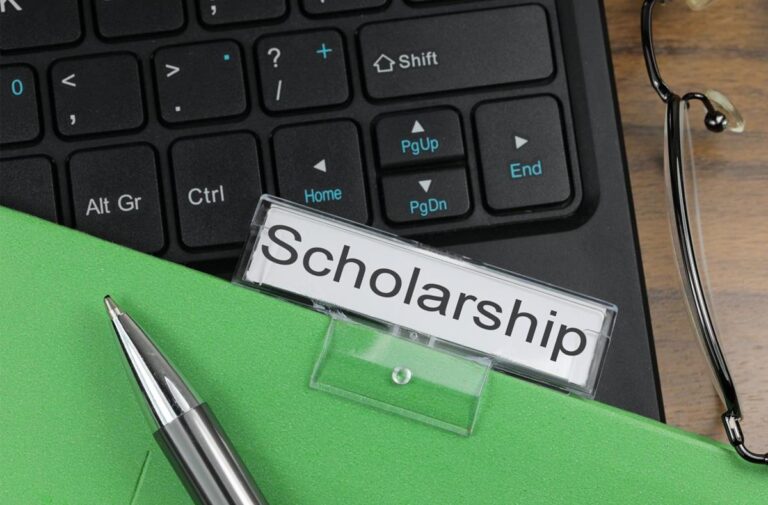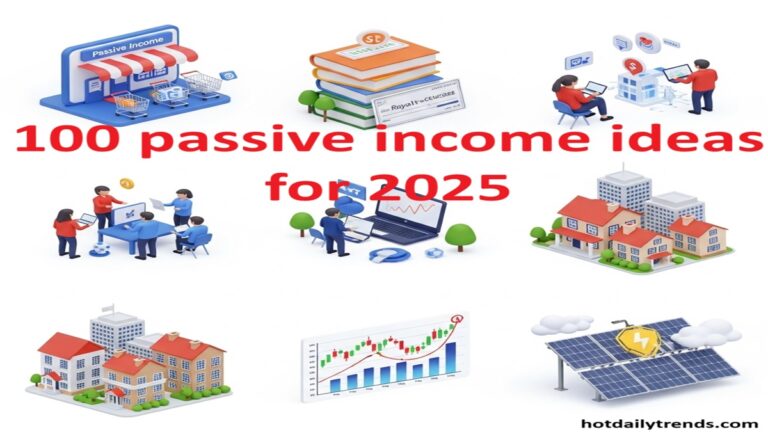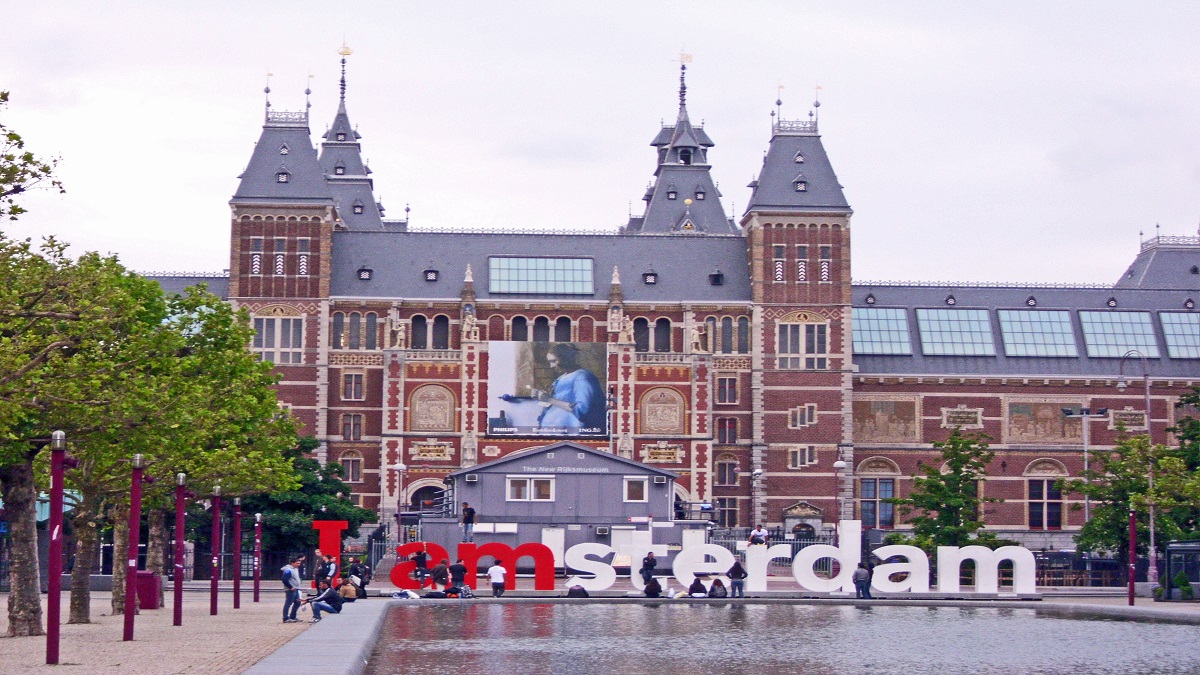
Faculty/Services: Faculty of Science
Educational level: Master
Function type: PhD position
Closing date: 31 July 2022
Vacancy number: 8926
Are you a eager to build state-of-the-art experiments and use them to explore quantum physics in a lively, international group?
Our Strontium Quantum Gases Group is looking for ambitious PhD students who want to participate in exciting quantum simulation, sensing and computing experiments. This group is headed by Prof. Florian Schreck and is part of the Quantum Gases & Quantum Information (QG&QI) cluster at the Institute of Physics (IoP) of the University of Amsterdam (UvA) and also hosts the Quantum Delta NL Ultracold Quantum Sensing Testbed. We use ultracold Sr gases for quantum sensing, to study many-body quantum physics and for quantum computing. We have four open PhD positions, one each on the research projects described below. For more information about the projects take a look at our website or contact Florian Schreck.
What are you going to do
Project 1: Continuous atom laser
In this project you will build the first continuous atom laser. An atom laser is a beam of atoms that is described by a coherent matter wave. So far only short atom laser pulses have been created by outcoupling a beam of atoms from a Bose-Einstein condensate (BEC). The laser stops working when all atoms of the BEC have been outcoupled, requiring the creation of a new BEC for the next atom laser pulse. BEC creation is usually a lengthy process, requiring several cooling stages to be executed one after the other in time. We have built a machine that can execute these stages one after the other in space, enabling us to Bose-Einstein condense continuously [1]. This allows us to create a BEC that lasts as long as we want. It’s the atomic equivalent of an optical laser with perfectly reflective cavity mirrors. Your goal will be to take the next step and outcouple the first continuous atom laser beam from the BEC. Such a beam would be an ideal source for continuous atom interferometry [2]. A second goal of the project is to create interesting driven-dissipative quantum systems and study their properties.
Project 2: Rb-Sr quantum gas mixtures and RbSr ground-state molecules
In this project you will create ultracold RbSr ground-state molecules and use them to perform quantum simulations [3]. RbSr ground-state molecules have a large electric dipole moment and a magnetic moment. These properties enable the tuning of anisotropic long-range interactions between the molecules by applying electric and magnetic fields. After creating the molecules using unusual magnetic Feshbach resonances that we discovered [4], your first goal will be to transfer them into their absolute ground state using laser pulses. Next you will study the interactions between the molecules, also in order to stabilize them against decay and create a quantum gas of molecules. Another research avenue is to confine the molecules in a lattice and induce spin-dependent interactions between them. This will allow you to study interesting models of magnetism. So far all ultracold ground-state molecules are composed of two alkali atoms. RbSr, composed of an alkali and an alkaline-earth, has a quite different molecular structure, enabling novel quantum simulations.
Yet another intriguing research avenue is to explore novel few- and many-body quantum physics with Rb-Sr mixtures, exploiting interaction tuning and element-specific optical lattices.
Project 3: Sr optical clocks
In this project you will build and do research with one of the most precise optical clocks in the world. Your clock would go wrong by only one second over the lifetime of the universe and is capable of sensing the change in gravitational time dilation originating from a height change of less than one centimeter [5]. This project is very collaborative as it is not only a research project in itself, but also a crucial part of other research projects. As a start, you will learn the ropes from our superradiant clock team. You will be involved in every aspect of building your clock, from electronics, over lasers, optics, frequency combs, ultrastable resonators to vacuum chambers. Once the clock is operational you will use it to collaborate with other research teams, enabling our superradiant clock, precise qubit operations in our quantum computer (project 4), or studying fundamental physics with precision spectroscopy (with our colleagues at the Free University). For the latter you will participate in setting up a frequency link through telecom fibres to the Free University in Amsterdam and to the Eindhoven University of Technology. This project is part of the Quantum Delta NL Ultracold Quantum Sensing Testbed, which will give you many opportunities to work with industry, in particular to design photonic circuits for optical clocks.
Project 4: Quantum simulation and computing with Rydberg coupled single Sr atoms
Quantum computers and simulators can solve problems that are utterly out of reach for traditional computers. We are building two quantum computers/simulators based on arrays of strontium atoms held in optical tweezers [6], one in our lab and one at the Eindhoven University of Technology. Quantum bits are encoded in the internal states of these atoms and quantum calculations are carried out by shining laser beams onto the atoms in a well-orchestrated way. Quantum computers based on neutral atoms profit from the fact that the atoms are naturally identical and that it is quite easy to scale the computer to hundreds of quantum bits. Our quantum computer is based on strontium atoms, an alkaline-earth element that is also commonly used to build some of the best clocks in the world. Exploiting the clock built in project 3 and supported by QuantumDelta NL and the Quantum Software Consortium we are building quantum computers that can demonstrate algorithms developed by QuSoft or solve quantum chemistry problems. In Amsterdam we can currently trap strontium atoms in an array of 49 tweezers [7]. You will extend this machine with the lasers necessary to implement one- and two-qubit gates and perform quantum simulations and computations with it.
References
- Chun-Chia Chen (陳俊嘉), Rodrigo González Escudero, Jiří Minář, Benjamin Pasquiou, Shayne Bennetts, Florian Schreck, Continuous Bose-Einstein condensation, arXiv:2012.07605 (accepted by Nature) .
- N. P. Robins, P. A. Altin, J. E. Debs, and J. D. Close, Atom lasers: production, properties and prospects for precision inertial measurement, Phys. Rep. 529, 265 (2013).
- John L. Bohn, Ana Maria Rey, and Jun Ye, Cold molecules: Progress in quantum engineering of chemistry and quantum matter, Science 357, 1002 (2017).
- Vincent Barbé, Alessio Ciamei, Benjamin Pasquiou, Lukas Reichsöllner, Florian Schreck, Piotr S. Żuchowski and Jeremy M. Hutson, Observation of Feshbach resonances between alkali and closed-shell atoms, Nature Physics 14, 881 (2018).
- Andrew D. Ludlow, Martin M. Boyd, Jun Ye, E. Peik, and P. O. Schmidt, Optical atomic clocks, Rev. Mod. Phys. 87, 637 (2015).
- M. Morgado, S. Whitlock, Quantum simulation and computing with Rydberg-interacting qubits, arXiv:2011.03031 (2020).
- Alexander Urech, Ivo H. A. Knottnerus, Robert J. C. Spreeuw, Florian Schreck, Narrow-line imaging of single strontium atoms in shallow optical tweezers, arXiv:2202.05727 (2022).
Tasks and responsibilities:
- Designing, constructing and debugging ultracold atom experiments;
- conducting research, resulting in academic publications in peer-reviewed international journals and/or books;
- supervising Bachelor and Master theses and tutoring students;
What do we require
You hold a MSc. (or equivalent) in physics, have done an experimental master project (or equivalent) in an optical, atomic or molecular physics lab. Other skills and documents that would benefit your application are:
- hands-on experience with experimental techniques used in an ultracold atom lab, such as electronics, lasers, optics;
- working knowledge of a programming language (C++, Python, matlab or equivalent);
- good English oral and written communication skills.
To foster diversity in our research group, we will especially appreciate applications from groups underrepresented in science.
Our offer
A temporary contract for 38 hours per week for the duration of 4 years (the initial contract will be for a period of 18 months and after satisfactory evaluation it will be extended for a total duration of 4 years). The preferred starting date is as soon as possible. This should lead to a dissertation (PhD thesis). We will draft an educational plan that includes attendance of courses and (international) meetings. We also expect you to assist in teaching undergraduates and master students.
The gross monthly salary, based on 38 hours per week and dependent on relevant experience, ranges between €2,443 to €3,122 (scale P). This does not include 8% holiday allowance and 8,3% year-end allowance. The UFO profile PhD candidate, scale 10 is applicable. A favourable tax agreement, the ‘30% ruling’, may apply to non-Dutch applicants. The Collective Labour Agreement of Universities of the Netherlands is applicable.
Besides the salary and a vibrant and challenging environment at Science Park we offer you multiple fringe benefits:
- 232 holiday hours per year (based on fulltime) and extra holidays between Christmas and 1 January;
- multiple courses to follow from our Teaching and Learning Centre;
- a complete educational program for PhD students;
- multiple courses on topics such as time management, handling stress and an online learning platform with 100+ different courses;
- 7 weeks birth leave (partner leave) with 100% salary;
- partly paid parental leave;
- the possibility to set up a workplace at home;
- a pension at ABP for which UvA pays two third part of the contribution;
- the possibility to follow courses to learn Dutch;
- help with housing for a studio or small apartment when you’re moving from abroad.
Are you curious to read more about our extensive package of secondary employment benefits, take a look here.
About us
The University of Amsterdam is the Netherlands’ largest university, offering the widest range of academic programmes. At the UvA, 30,000 students, 6,000 staff members and 3,000 PhD candidates study and work in a diverse range of fields, connected by a culture of curiosity.
The Faculty of Science has a student body of around 8,000, as well as 1,800 members of staff working in education, research or support services. Researchers and students at the Faculty of Science are fascinated by every aspect of how the world works, be it elementary particles, the birth of the universe or the functioning of the brain.
The Institute of Physics is situated in new, purpose-built laboratory and teaching space in the building of the Faculty of Science in the Science Park Amsterdam. This location also plays host to numerous national research institutes such as AMOLF (nanophotonics, biomolecular systems, photovoltaics), NIKHEF (Subatomic Physics) and CWI (mathematics and Computer Science), as well as ARCNL (Advanced Research Center for Nanolithography, which combines the leading Dutch tech firm ASML with both Amsterdam universities and AMOLF) and the Quantum Delta NL Ultracold Quantum Sensing Testbed.
Want to know more about our organisation? Read more about working at the University of Amsterdam.
Questions
Do you have any questions or do you require additional information? Please contact:
- Prof. Florian Schreck, schreck@uva.nl
Job application
If you feel the profile fits you, and you are interested in the job, we look forward to receiving your application. Please apply online via the button below and also submit your application by email to F.Schreck@uva.nl. We encourage applications at any time, as we continually open more PhD positions for the foreseeable future.
Applications should include the following information (all files besides your cv should be submitted in one single pdf file):
- a detailed CV including the months (not just years) when referring to your education and work experience;
- a letter of motivation;
- the name and email address of at least one reference who can provide a letter of recommendation.
The first interview will usually be held within a few weeks of the reception of an application from a suitable applicant.
The UvA is an equal-opportunity employer. We prioritize diversity and are committed to creating an inclusive environment for everyone. We value a spirit of enquiry and perseverance, provide the space to keep asking questions, and promote a culture of curiosity and creativity.
If you encounter Error GBB451, reach out to our HR Department directly. They will gladly help you continue your application.
No agencies please.

